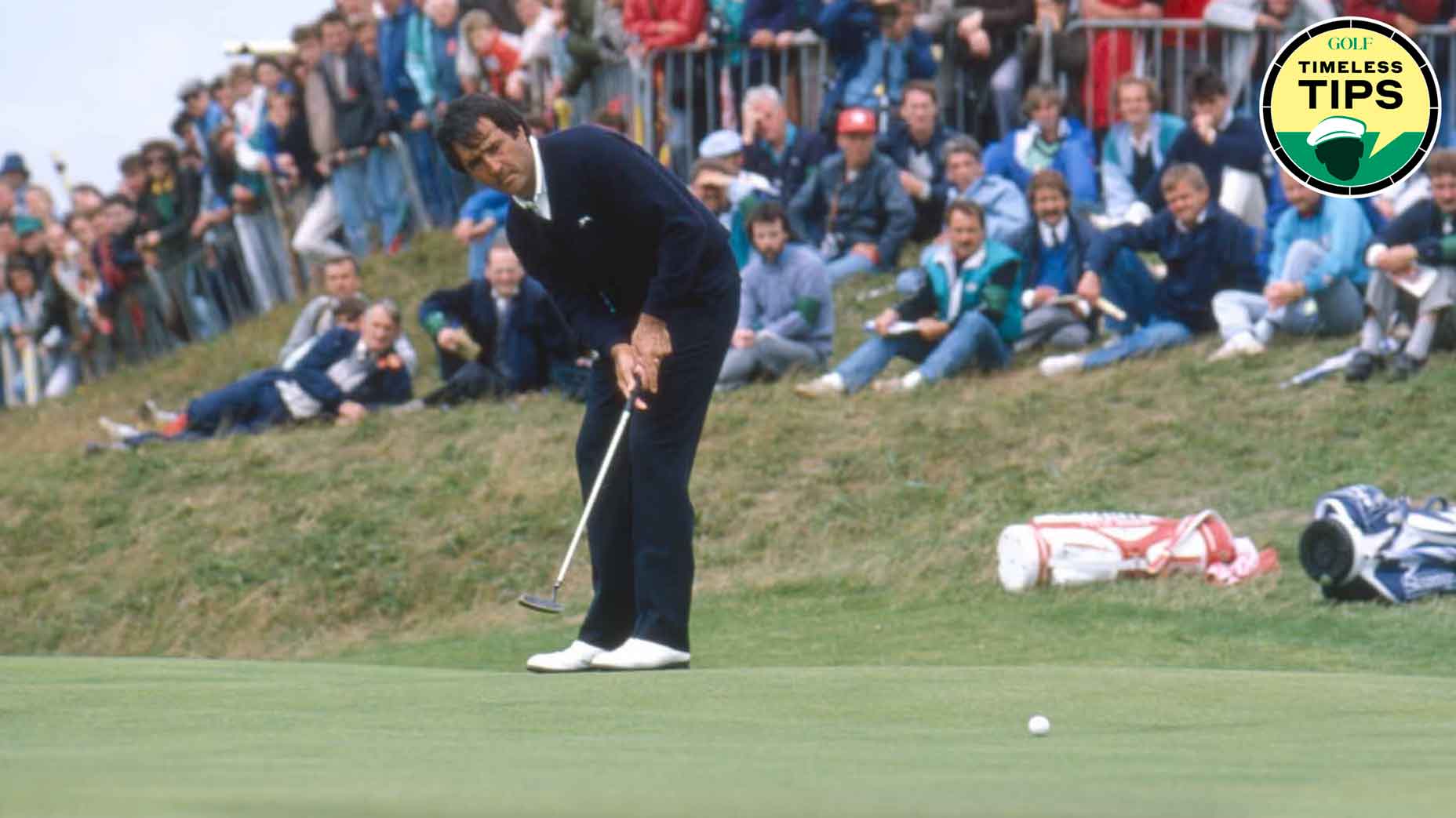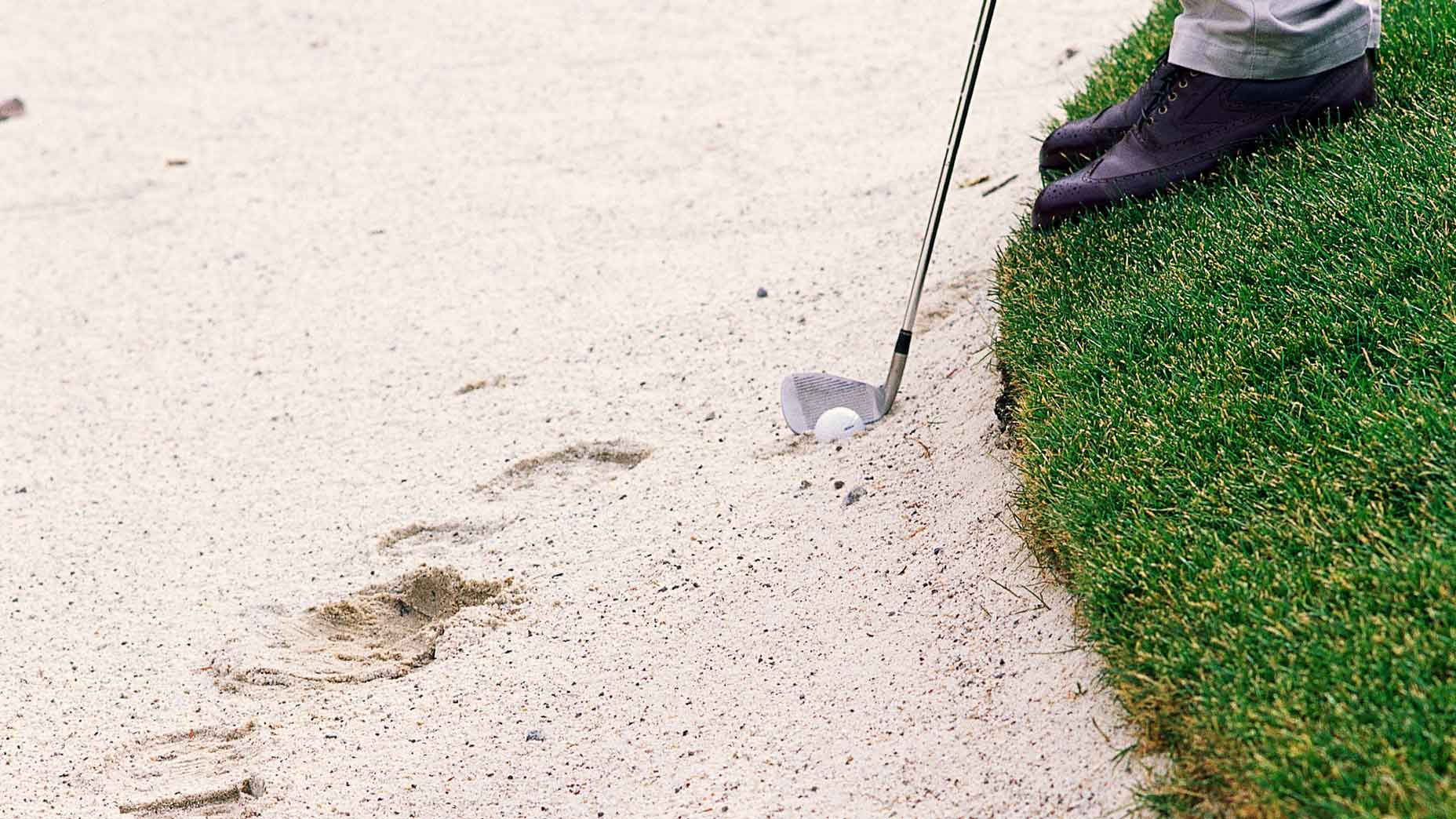When you think of the characteristics of a Masters Champion, you might start to picture an amalgamation of some of the greats—Jack’s driving, Tiger’s ball striking, Phil’s short game and Scottie’s putting.
Those are certainly important skills to have. But Drew Steckel, a GOLF Top 100 Teacher, says that the secret to success at Augusta National often lies in some of the smaller nuances that don’t always show up on the stat sheet.
According to Steckel, three keys can make all the difference as the pressure mounts at Augusta. Keep reading to discover what they are and watch them unfold as the leaders charge down the stretch on Sunday.
Iron control from uneven lies
While it’s no surprise that a Masters champion needs to be a solid ball striker, Steckel explains that the severity of the slopes at Augusta are often so dramatic that players struggle to navigate them.
“Unless you’ve been inside the ropes, you really don’t realize how much slope they’re playing from, even from the middle of the fairway,” Steckel said, “and for most guys it’s a big adjustment.”
“It’s the most severe slope that they play all year and unless they’re used to that, it’s so hard to kind of get your brain to calibrate with the ball curving off slopes or controlling it to not curve,” Steckel says.
That’s an adjustment that’s made even more difficult for players who can’t work the ball both ways with the precision that Augusta demands.
“That’s why Tiger’s had so much success, because he works his irons so well,” Steckel said. “He always knows how to control it and work the ball where he wanted to miss it.”
Defensive putting
The best putters at Augusta, Steckel says, are the ones who roll the ball in over the front edge on its last revolution — like it’s dripping into the cup.
“You have to almost have to have die speed on these greens,” Steckel said.
While many players can embrace this defensive approach on the greens, there are a few who try to apply their usual putting strategy to the slick surfaces at Augusta.
“The guys who typically hit putts really firm, to try and take out break, end up running them by,” Steckel said. “Even on a ten-footer, you can’t over-accelerate and get away with it.”
You also have to be defensive in your green reading, Steckel says. This means selecting a line that sets you up for an easier putt on the way back.
Sounds simple enough, but a more defensive approach on the greens can sometimes mess with players’ minds — especially if they feel like they should be making more putts than they are.
Embrace the tradition, but stick to the process
The players who embrace and enjoy the history and tradition of the Masters but don’t let it overwhelm them, Steckel says, they’re the ones who tend to do well.
“You have to be able to get through the shock,” Steckel said.
Because the Masters holds such a special place in many players’ hearts, there’s almost a ceremonial aspect to competing in the event. It’s such a monumental event that it can be hard to go about a normal tournament routine.
“It’s so unlike any other tournament,” Steckel said. “That’s the hard part.”
“But, if you can get past that, you realize that you’re still just playing golf.”
Simply put, success at Augusta is about managing the conditions. Whether it’s the sloping fairways, lightning-fast greens or even the amplified emotions, the player that does it the best is the one who will walk away with the green jacket on Sunday.










